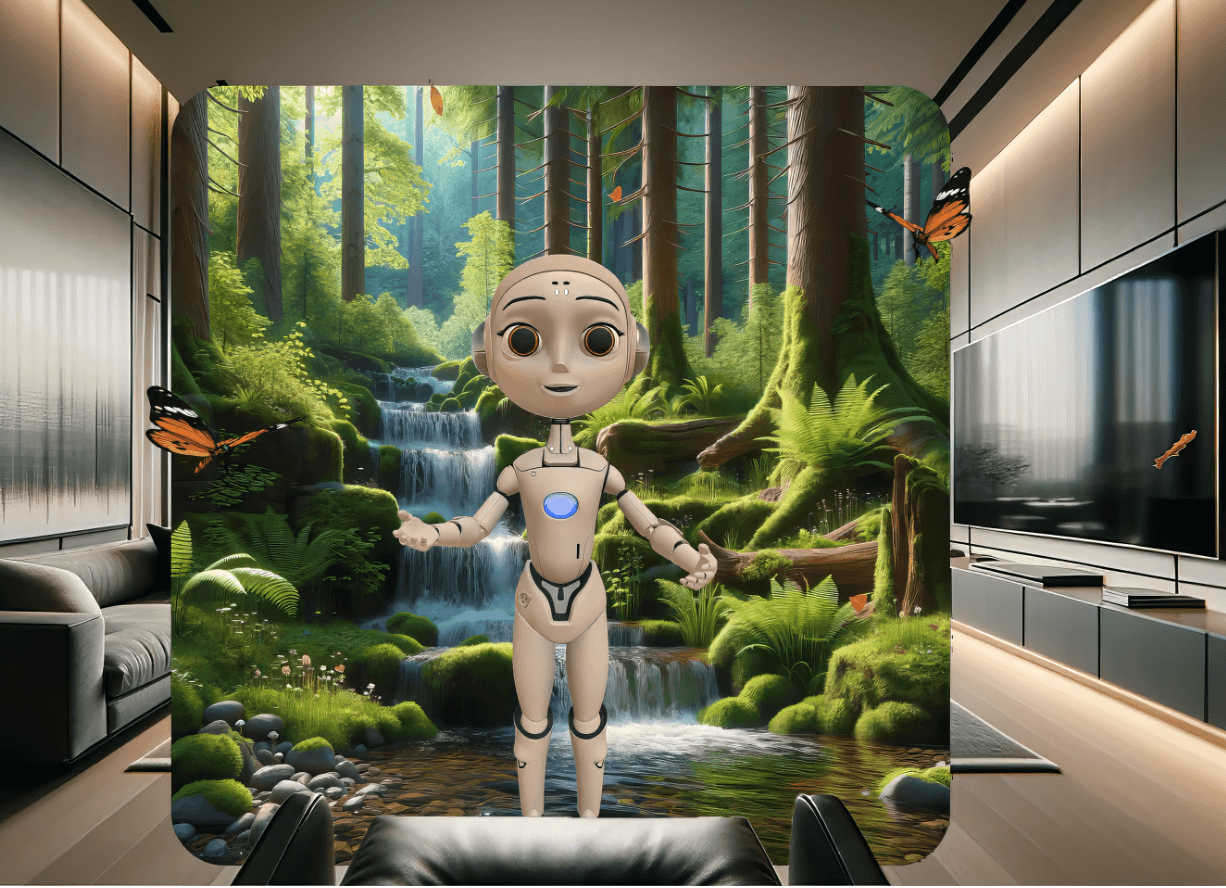Empathy at Scale: AI Avatars in Healthcare & Wellness
Published on
Jul 2, 2025

Healthcare is, at its core, deeply human. It’s built on trust, compassion, and communication. But as systems around the world struggle with burnout, resource constraints, and growing demand, even the most human aspects of care are under pressure.
Live AI avatars aren’t here to diagnose or perform surgery — but they are finding a critical role in the “in-between” moments: supporting patients, explaining care, answering questions, and offering emotional comfort. They’re not replacing providers — they’re stepping in where human time is limited, but human needs persist.
During the COVID-19 pandemic, we saw firsthand how fragile our healthcare systems are. Staff were overwhelmed. Patients were confused. Wait times increased. And many suffered alone. Now imagine this: before the physician ever steps in, an AI avatar calmly greets the patient, asks key intake questions, and helps collect relevant history — freeing up doctors to focus on diagnosis and decision-making.
The Systemic Challenges in Patient Communication
Hospitals and health providers worldwide are grappling with a growing set of communication challenges:
Appointment times are short
Waitlists are long
Administrative demands are high
Language, literacy, and accessibility gaps leave many patients underserved
As a result, patients often leave confused, anxious, or non-compliant with treatment protocols. AI avatars offer a potential bridge — non-clinical but critical, providing education, reassurance, and guidance with clarity and consistency.
Use Case 1: Patient Education and Intake
One of the most immediate applications of AI avatars in healthcare is patient-facing education and administrative support.
Example: Imagine a patient preparing for surgery. Instead of deciphering a complicated PDF or calling the hospital hotline, they’re greeted by Max — a virtual avatar available on the hospital’s website. Max calmly explains pre-op instructions in the patient’s native language, answers frequently asked questions, and helps them feel prepared for admission.
Post-surgery, Max reappears with personalized discharge instructions, medication schedules, and recovery tips — reducing confusion, supporting adherence, and lowering the likelihood of readmission.
Hospitals are already experimenting with this approach. At Cedars-Sinai Medical Center in Los Angeles, AI avatars have been piloted in virtual waiting rooms and patient education portals to ease administrative burdens and enhance the patient experience. These digital assistants help streamline care workflows, provide real-time information, and guide patients through pre- and post-care protocols. The result is improved clarity, reduced wait-time confusion, and more time for providers to focus on direct patient care.

— Image by Ceders-Sinai: Xaia on Apple Vision Pro
Use Case 2: Mental Health Support
Mental health care faces chronic shortages, stigma, and uneven access — especially in rural or underserved areas. AI avatars offer a gentle, stigma-free entry point for individuals who may hesitate to speak with a live therapist.
Example: Solutions like Woebot use avatar-based interactions to support users with anxiety, chronic illness, or depression. These avatars guide patients using conversational techniques, including principles of CBT (Cognitive Behavioral Therapy), to offer comfort and coping tools.
While not replacements for licensed therapists, they serve as emotional triage, building user trust and helping bridge the gap to formal care when needed.
This type of interaction lowers barriers, particularly for younger users or those seeking anonymous support — offering consistency, empathy, and privacy at scale.
Use Case 3: Elder Care and Cognitive Support
AI avatars are also emerging as digital companions in elder care, where loneliness, memory loss, and medication adherence are major challenges.
For older adults, avatars provide:
Friendly check-ins and conversation
Gentle medication and appointment reminders
Mental stimulation through quizzes, stories, and memory prompts
These digital companions don’t replace family or caregivers — but they help lighten the load and provide emotional continuity between human interactions.
Case in Point: World Health Organization (WHO)

P.S. SARAH’s great, but our avatars are a lot more lifelike!
In 2022, the WHO launched Florence, now S.A.R.A.H., a digital health worker designed to provide free, AI-powered health guidance worldwide. Florence is a lifelike avatar who can be accessed via web and mobile, offering conversational counseling on topics like mental health, stress management, nutrition, COVID-19 vaccines, and more.
She speaks seven languages — including Arabic, Hindi, Spanish, and Chinese — and listens with empathy, tailoring advice based on user questions.
Developed with public and private partners, Sarah demonstrates how trusted global institutions are turning to avatars to improve public health communication and reach populations where access to experts is limited.
As of 2024, Sarah has helped users across continents access reliable, stigma-free health information in moments of uncertainty.
The Value Equation: More Reach, Lower Stress
For providers, avatars:
Take over repetitive educational tasks
Lower administrative burden
Extend support without increasing staffing costs
For patients, avatars:
Offer clarity without pressure
Create a less intimidating entry point for engagement
Provide around-the-clock support in their own language and pace
This isn’t about automation for efficiency’s sake — it’s about enhancing the human experience between clinical moments.
Ethical and Practical Considerations
AI avatars in healthcare must adhere to rigorous ethical and regulatory standards. Patients should be clearly informed when they’re interacting with AI — transparency is critical for trust. These avatars must never impersonate medical professionals or offer clinical diagnoses. Their role is to support communication, education, and routine guidance — not replace healthcare providers.
Data security is also paramount. Avatars that handle personal health information must comply with laws like HIPAA and GDPR, ensuring all interactions are secure, private, and used appropriately. Informed consent and clear data practices are essential, especially when dealing with sensitive topics.
Ultimately, like any medical technology, AI avatars must be deployed with caution and integrity — because in healthcare, credibility isn’t optional.
Conclusion: A Gentle Revolution in Patient Experience
Live AI avatars won’t diagnose illness or replace physicians — but they are redefining how patients experience the healthcare journey. They offer guidance, reassurance, and empathy at scale — all without rushing, burning out, or losing patience.
Used responsibly, they create more space for human care by handling the tasks that overwhelm clinical teams and confuse patients.


